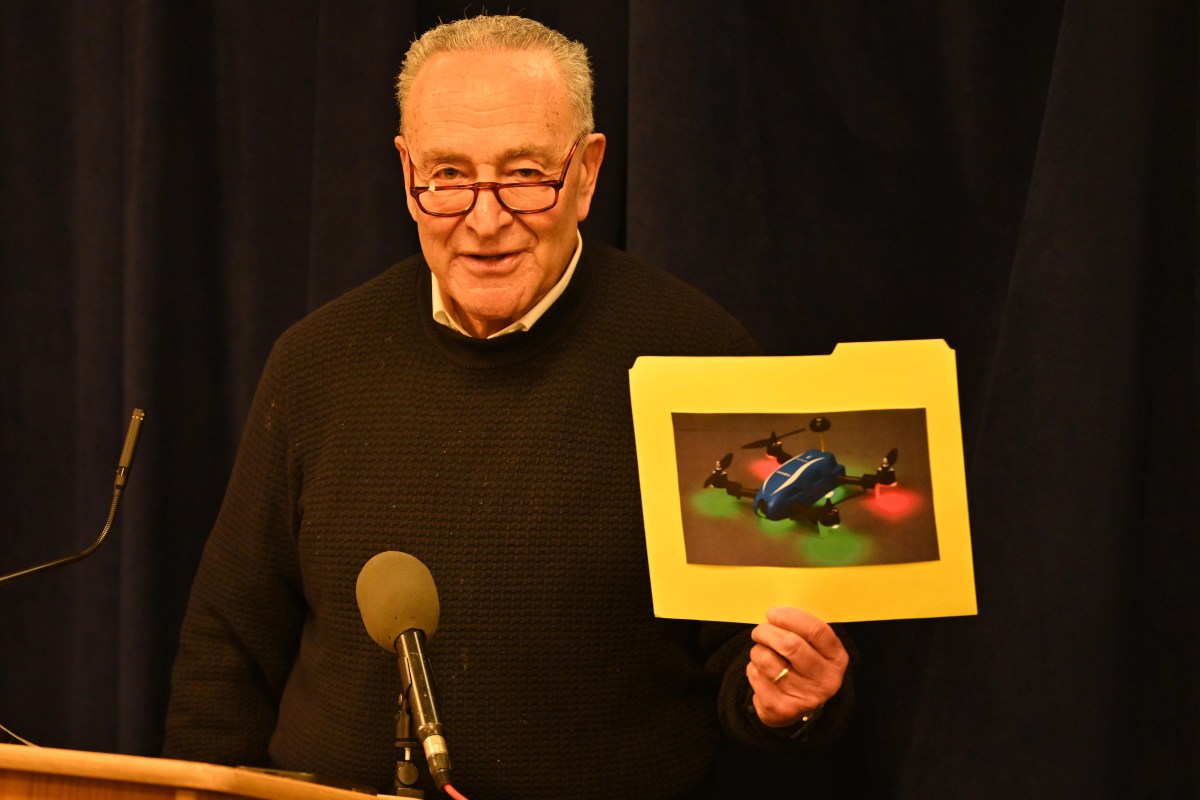By Alexander Dworkowitz
Florentina Abramov, a 16-year-old resident of Kew Gardens Hills, has had a strong taste for writing for much of her life.
“I abuse my journal,” she said. “When I write, every entry is five or six pages.”
Abramov has transformed her talent into Graffiti Magazine, a publication that has received rave reviews and financial support from non-profit groups around the city.
Graffiti is one of the city’s many “zines,” independent magazines put together on a low budget that often cater to youth and are distributed in high schools.
Abramov, now a junior at the School for the Physical City in Manhattan, founded the magazine with her friend, Evelyn Goffman, while they were in eighth grade.
The magazine has little to do with graffiti, although one issue does profile a “Graffiti Life.” Instead, Abramov and Goffman chose the title for its connotation.
“People do it outside, and it’s kind of scandalous,” Abramov said.
Many of the stories in Graffiti openly discuss somewhat taboo sexual subjects from a teenager’s vantage point. Opinion pieces make up a large portion of the magazine, although it also includes profiles of artists and musicians as well as fiction and poetry.
“We have a no-censorship policy,” she said. “We curse in there, we’ll talk about whatever we want to say.”
Abramov’s family, who emigrated from Israel, is relatively religious. Abramov’s parents have been highly supportive of her work, she said.
Graffiti has a staff of about 20 junior high school, high school and college students.
The publication is driven by the idea that the youth voice needs a proper outlet in order to gain respect.
“People think that teenagers don’t know what they’re talking about. They think we’re confused,” Abramov said. “Shockingly, teenagers understand more than normal grownups.”
It is that voice that has earned the magazine recognition.
This month Abramov won first prize in a contest run by the Citizens Committee for New York City, a non-profit that supports neighborhood efforts.
The Citizens Committee awarded Graffiti $1,650.
“She’s extremely driven and really talented,” said Sophie Nurani, special projects coordinator for the Citizens Committee. “It’s not your mainstream teen publication, and it’s a good voice for people to speak about serious issues.”
Abramov’s drive is currently focused on making her publication more visible.
Many of publications similar to Graffiti are available only online, as was Graffiti itself during its first year. The zine still has an Internet presence and can be viewed at www.graffitimag.com.
“There are thousands of zines, but I don’t really see them around,” she said.
Graffiti’s staff is in the process of contacting principals at high schools across the city, trying to sell the magazine in the schools. They are also trying to sell the publication at newsstands at Union Square and Washington Square in Manhattan. The planned price is $2.
Just in its second issue, the look of the magazine has already changed dramatically.
The first issue features cutouts of pictures from magazines on its cover. The second issue, which is printed in a bigger format, shows only one photograph of a man reading with an apartment building faint in the background. The image was taken by one of Graffiti’s staffers.
“We really went from the small one to the big one because we wanted it to look a lot more professional,” Abramov said.
Abramov said she hoped print the third issue in color and the fourth in gloss.
Abramov hopes to attend New York University and continue to expand Graffiti both during and after college.
While the publication likely will continue to evolve, Abramov said Graffiti will always offer new points of view.
“If you want to write about something, write about something that no one has and no one understands.”
Reach reporter Alexander Dworkowitz by e-mail at Timesledger@aol.com or call 718-229-0300, Ext. 141.
































